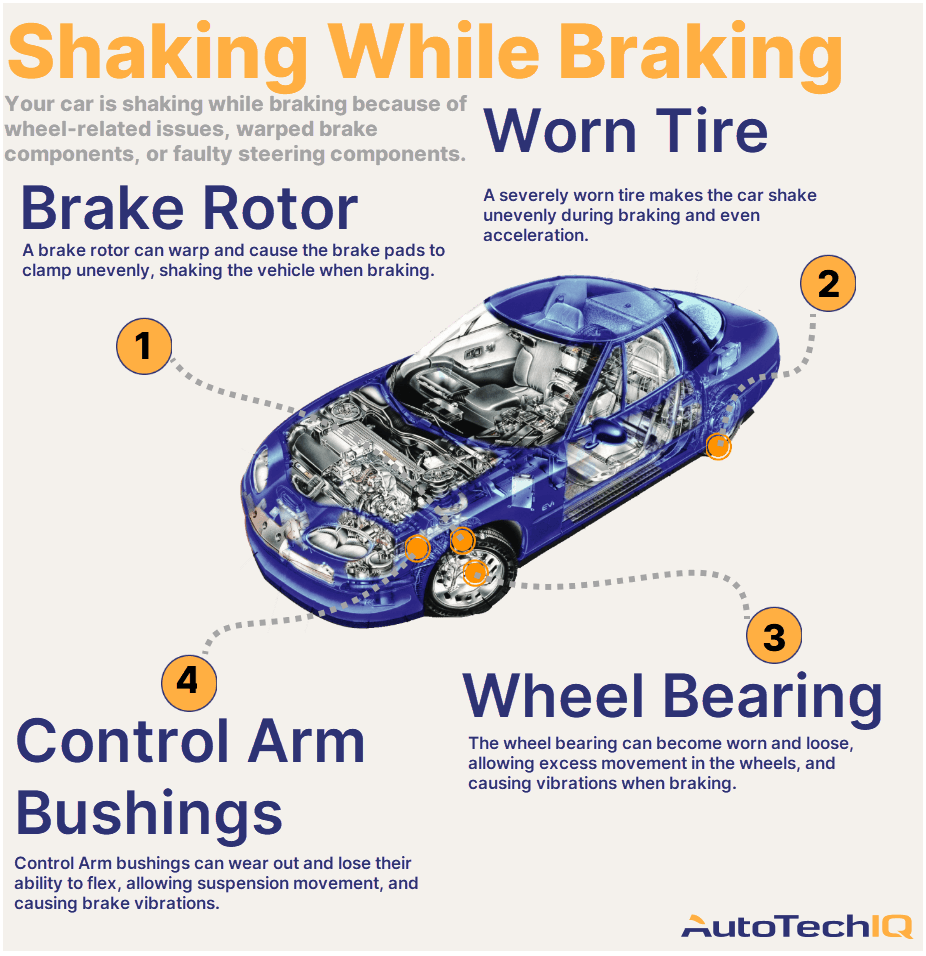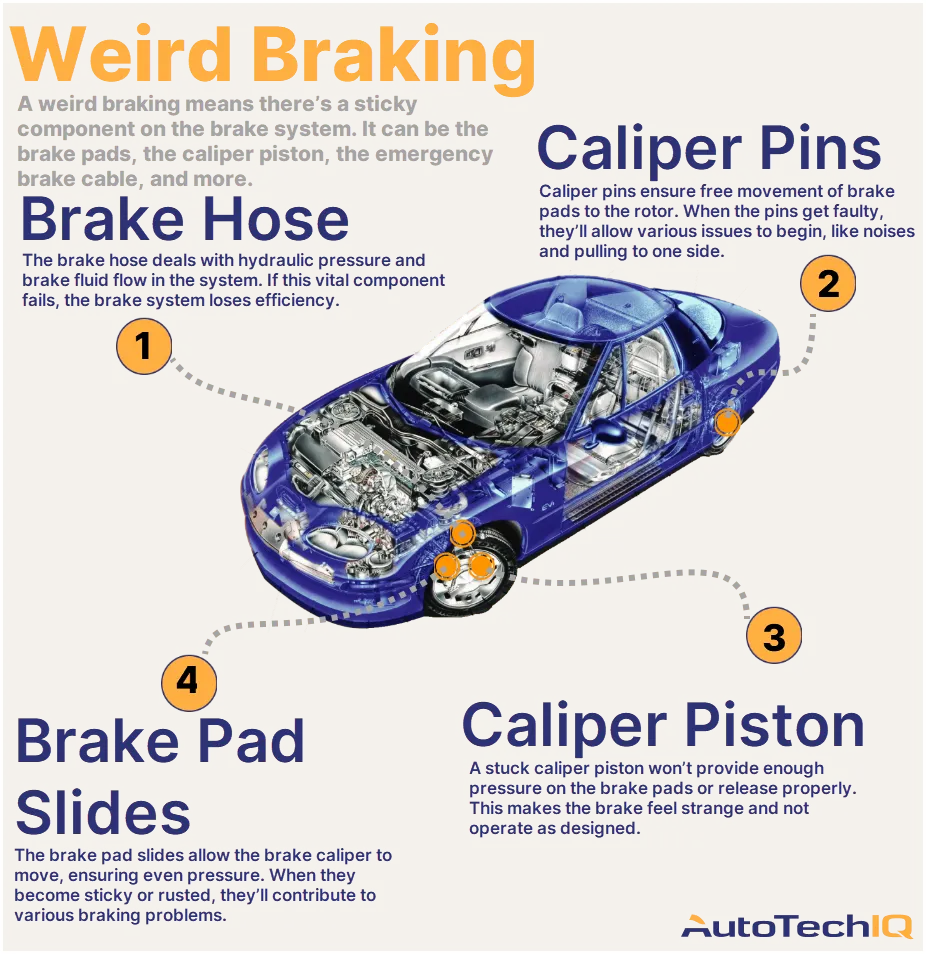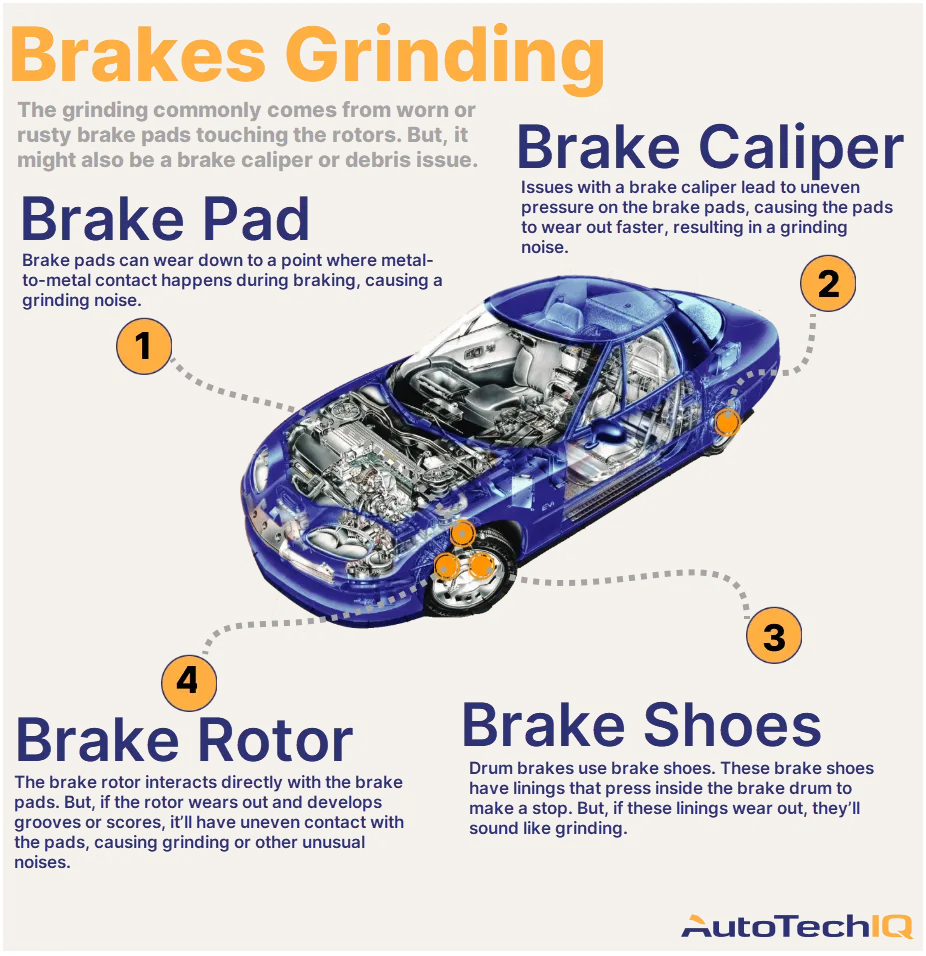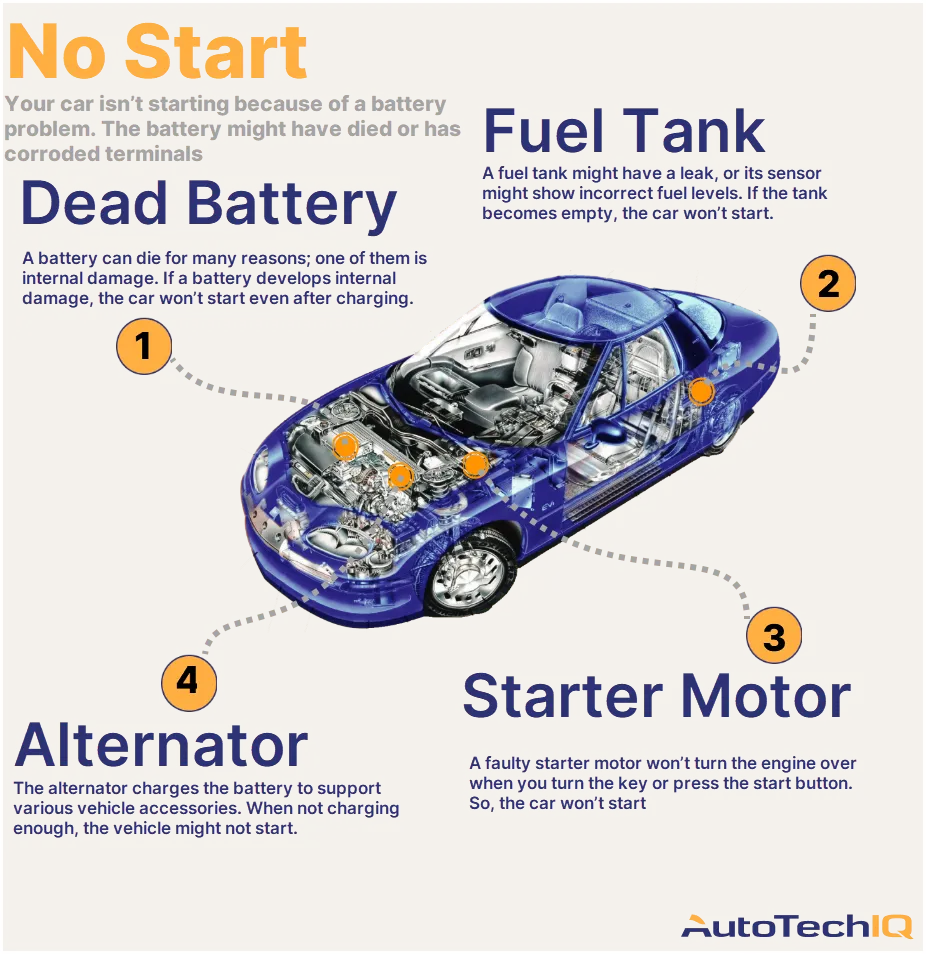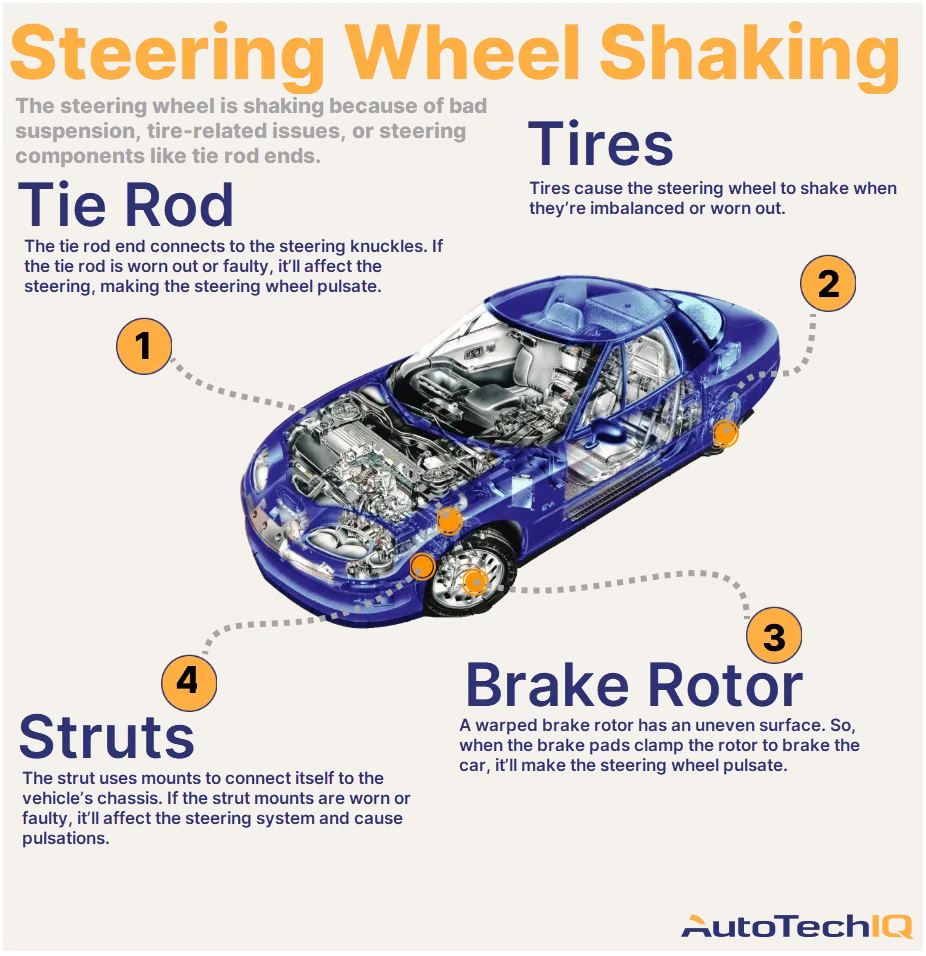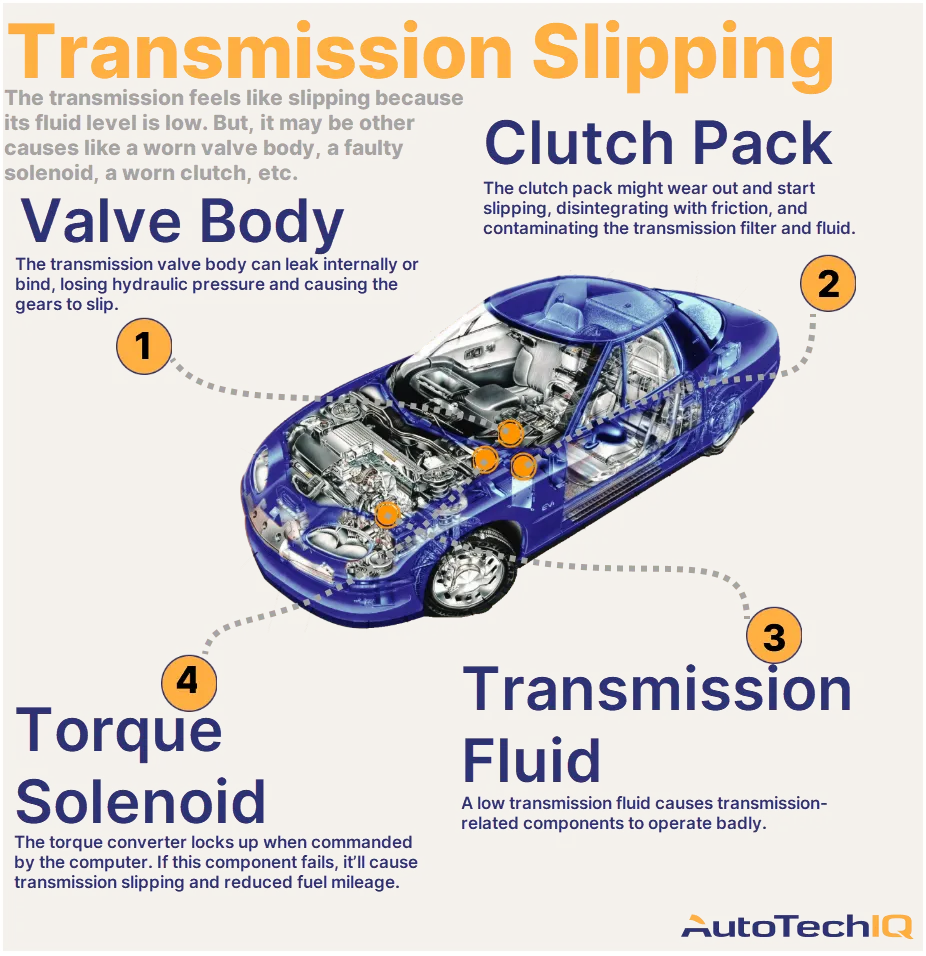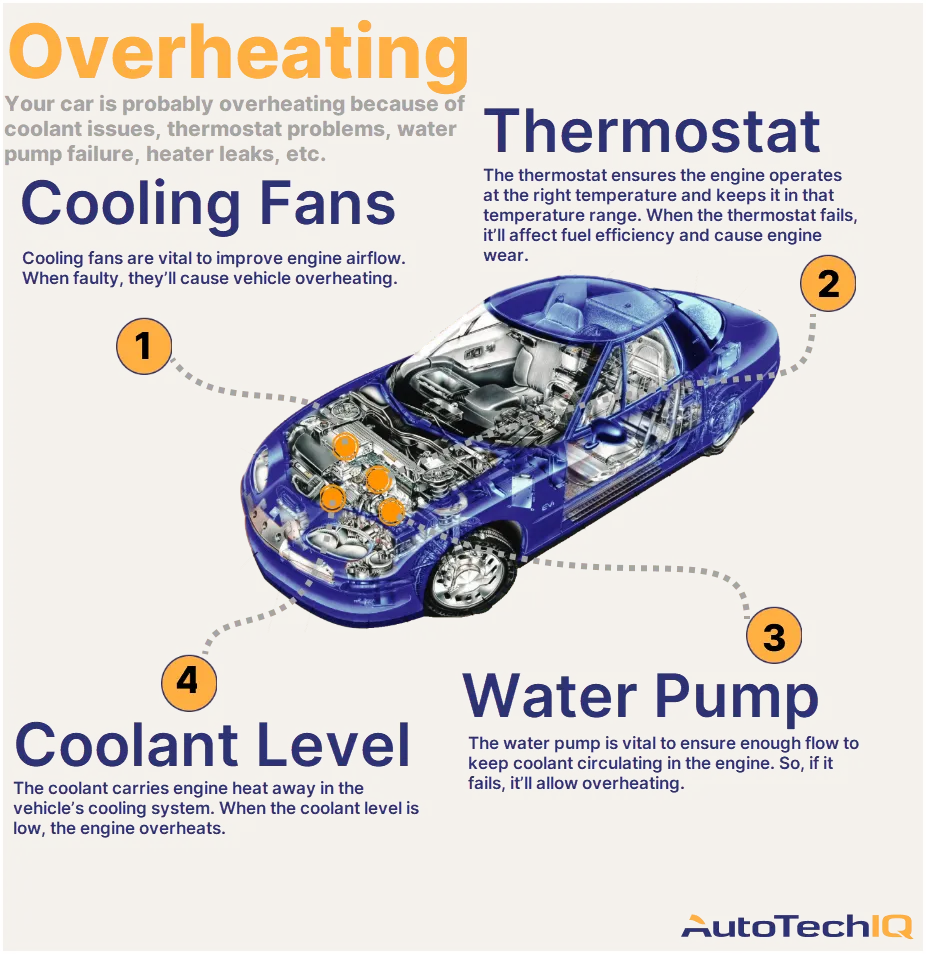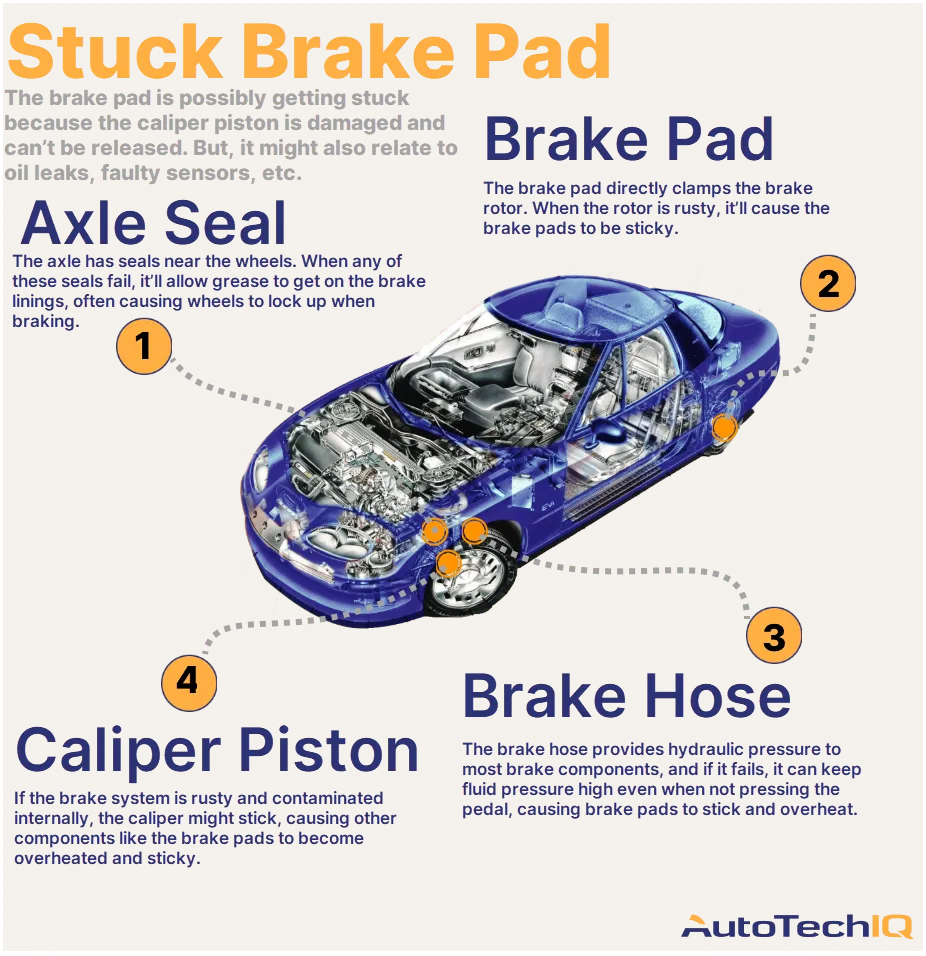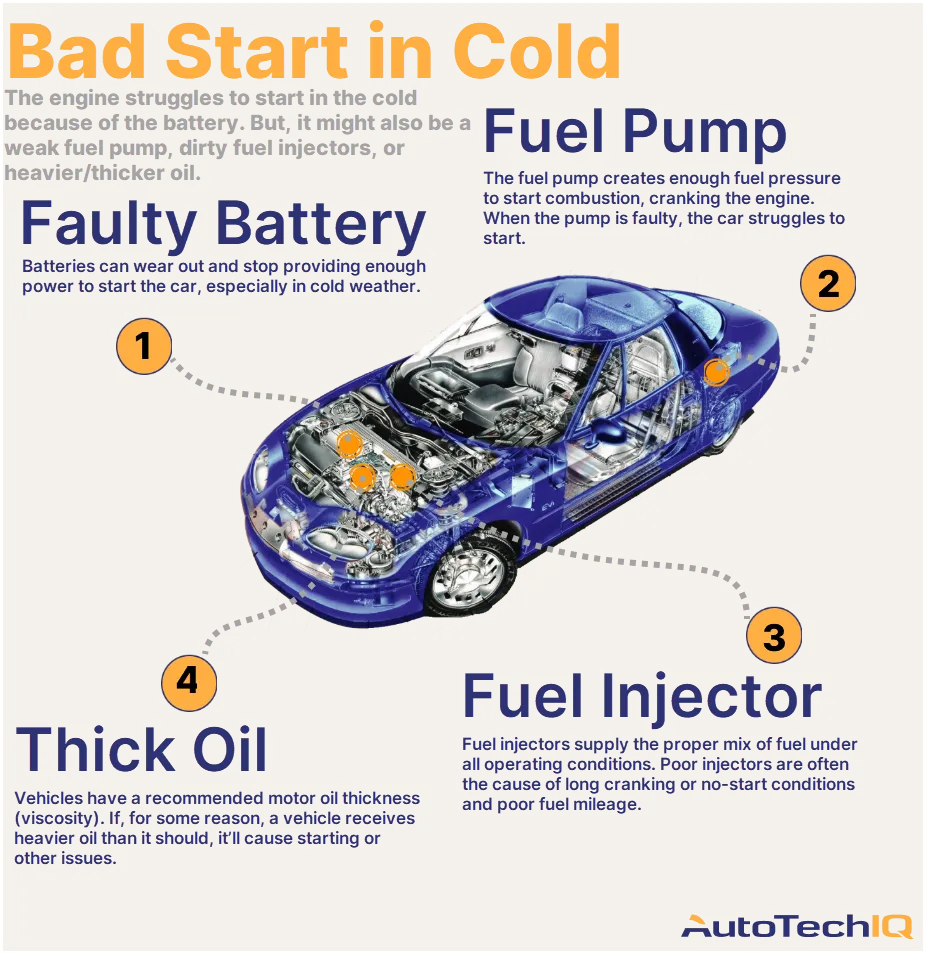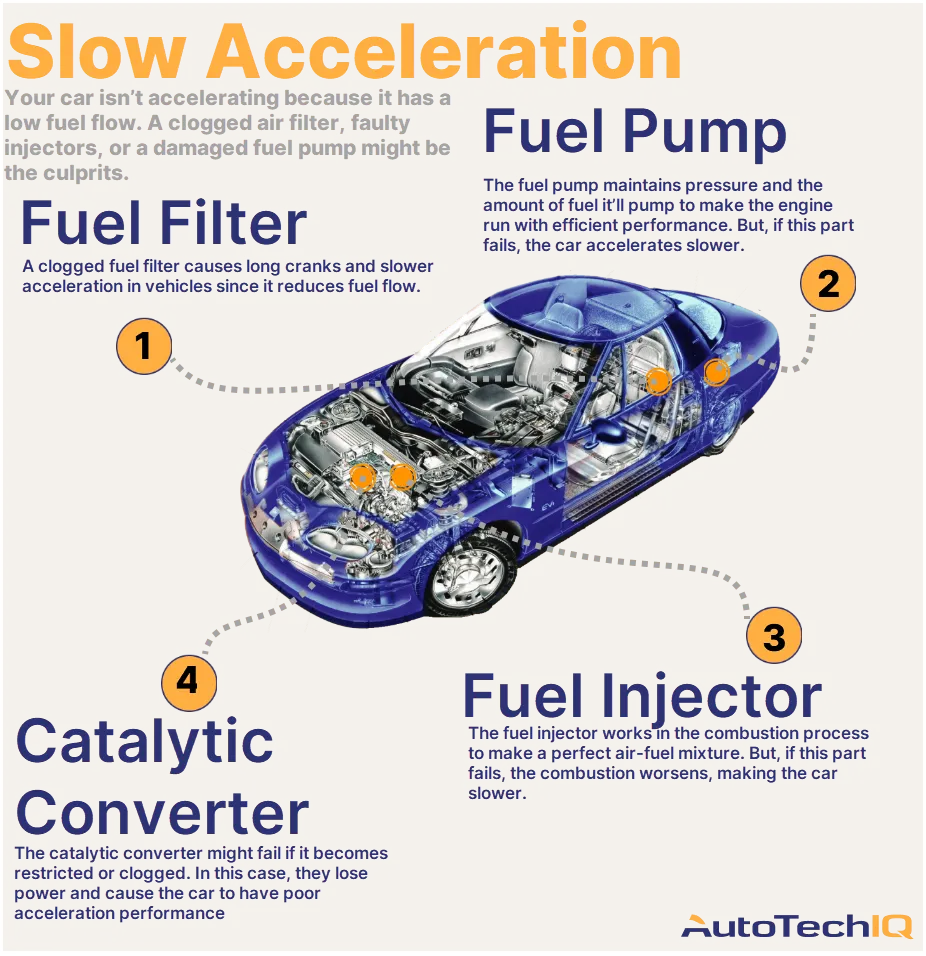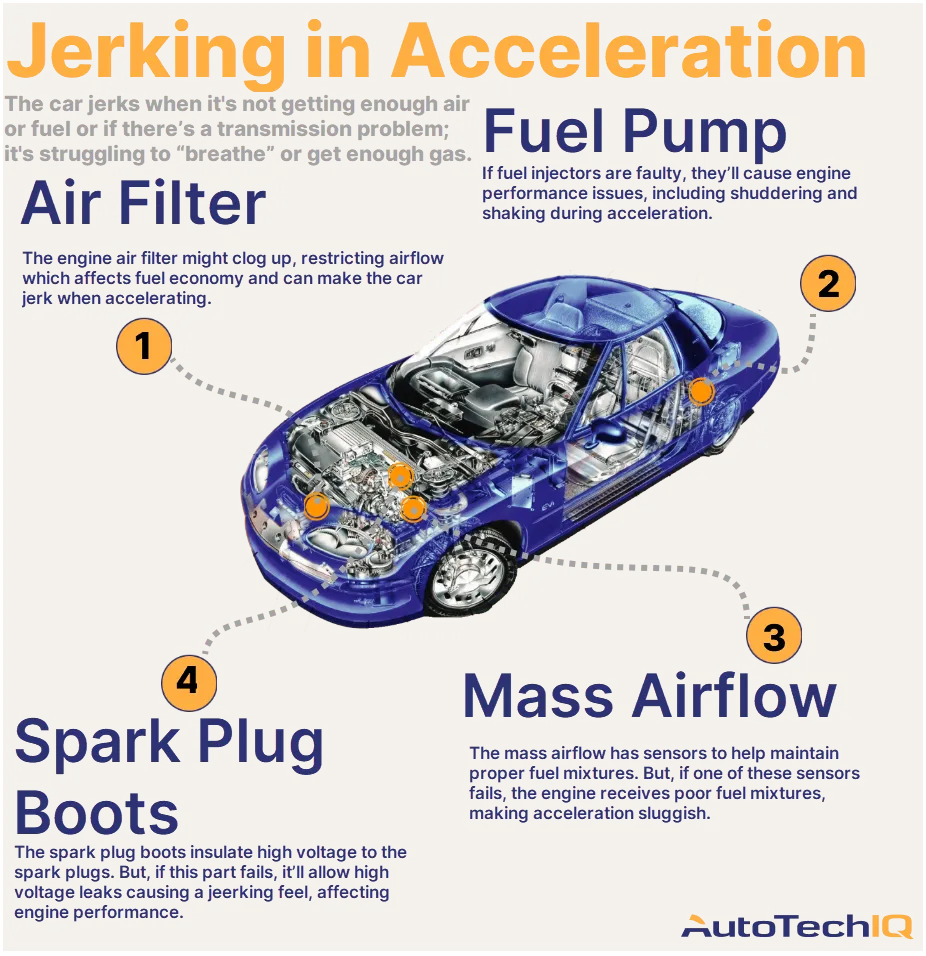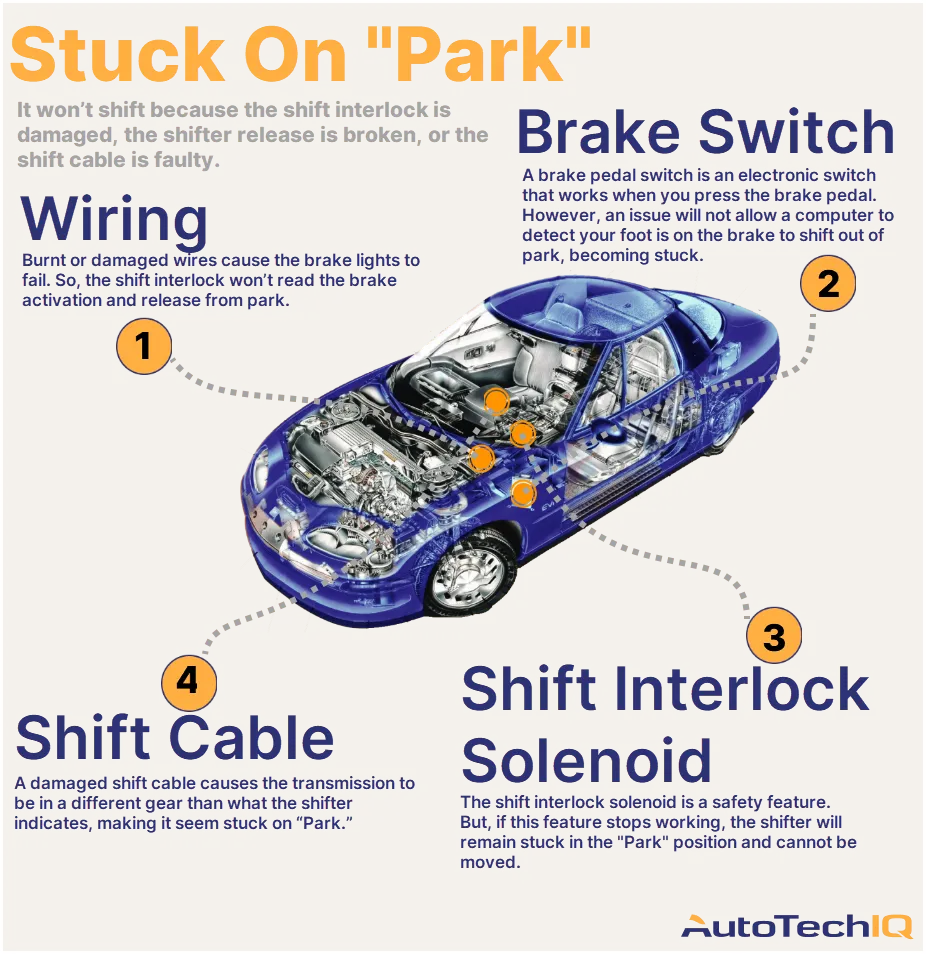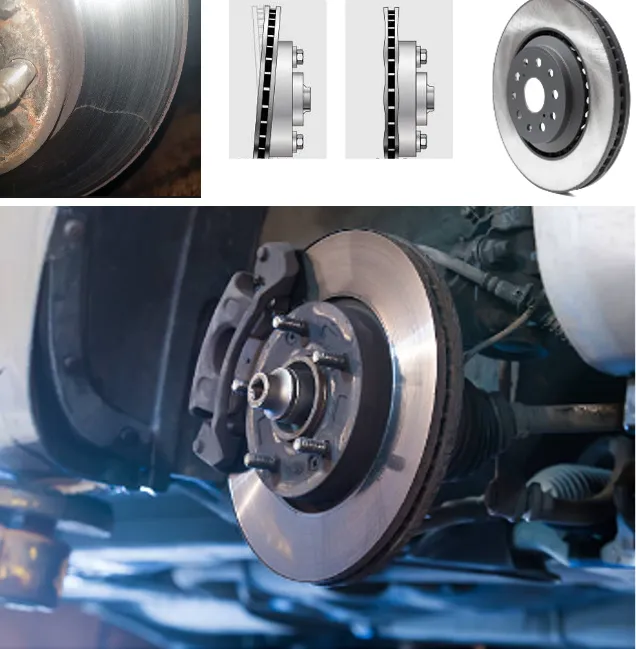
Brake discs are a part of the braking system. With the help of them, interacting with the brake pads, the car is slowed down. Only with perfectly straight discs the braking distance is minimal, and there is no vibration on the steering wheel and brake pedal.
The good condition of the discs is very important for cars equipped with an ABS system and a stabilization system; if the discs have runout, the operation of the electronic systems is seriously impaired, which can create a dangerous situation during sudden braking.
The difference in braking distance between cars with straight and curved discs can reach 10%, which is quite significant. In slow city traffic, the negative effect of damaged discs will, of course, be less - but sometimes those very centimeters are not enough to stop in time.
Grooving and restoring the geometry of the brake disc eliminates:
- Eliminates vibration and pulsation on the steering wheel and brake pedal;
- Geometry is restored, disc irregularities are eliminated;
- Ensures complete adherence of the brake pads to the disc and, accordingly, reduces their wear;
- Braking distance is reduced.
It is important to understand that regrooving brake discs is a temporary measure. It brings the moment closer when the disk will have to be replaced. After the procedure, the disc will in any case become 0.02-0.05 inch thinner. It will not be possible to sharpen the disc and use it as if it were new. After grooving, be sure to change the brake pads. The old ones cannot be placed on a new one or on a machined disc - even if the pad is almost not worn out. Perhaps the pads were very hard or rigid and were the cause of this problematic brake disc wear.
It is important to sharpen both discs on the axle, even if only one is damaged. Both disks should end up being the same thickness. This is the only way the brake system can distribute brake fluid pressure evenly. If you sharpen one disc, then one wheel will brake more effectively. This may lead to skidding.
You can grind brake discs on a lathe or using special equipment directly on the car. In this case, a special machine with cutters is installed at the place where the calipers are mounted. The brake disc is rotated by a special electric motor. The cutters process the surface of the disc on both sides simultaneously.
There are also disc defects for which grooving simply won’t help. These are cracks, chipping and deep mechanical damage - such a disk should be immediately replaced with a new one, without trying to repair it.


